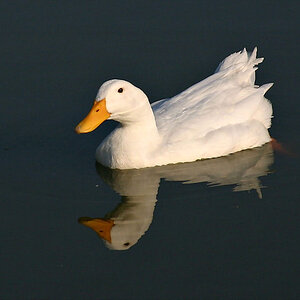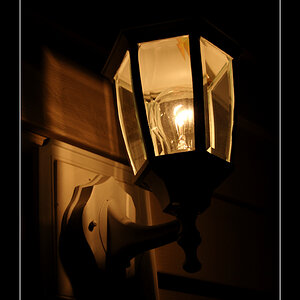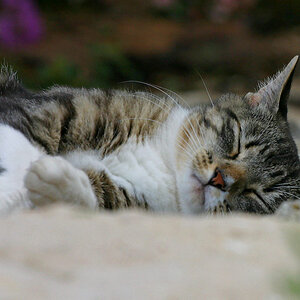AlbertoDeRoma
TPF Noob!
- Joined
- Nov 26, 2009
- Messages
- 71
- Reaction score
- 1
- Location
- San Francisco Bay Area
- Can others edit my Photos
- Photos OK to edit
Hopefully the newbie forum is OK for asking potentially embarrassing questions  .
.
I have 2 "beginner" cameras:
1) A Leica (Panasonic) D-Lux 4
2) A Panasonic FZ35
I love the D-Lux 4, but I missed having a zoom for certain types of pictures so, after reading many positive reviews, I bought the FZ35.
I took the FZ35 out for a "shoot" today and I was surprised to see how slow the shutter speeds had to be in order to get the correct exposure all the shots. The FZ35 was on average 2 stops "slower" than the D-Lux 4 - even when I wasn't taking advantage of the zoom. So when I went home I used both cameras to make a more controlled comparison.
Even when I set the aperture on both cameras to the same value (i.e. 2.8) and use the same ISO (say 200) and don't use any zoom on either (i.e. 1x), the FZ35 requires a considerably slower shutter speed to take the exact same shot (no flash.)
Here are some actual readings I just took (indoor) for the same exact picture with the two cameras:
D-Lux 4: f2.8 1/8 ISO200
FZ35: f2.8 1/2 ISO200
This difference (i.e. two stops) carries to other lighting conditions (e.g. 1/100 for the D-Lux and a sloooow 1/25 for the FZ35 for an outdoor shot.)
Does this sound right? Everything seems to be working on the FZ35, and I like everything about this camera except for this big difference between it and the D-Lux 4. Is it possible that the FZ35 is this much "slower" (sorry if that's not the right term) even though I am using the same aperture and ISOs?
Any explanations would be greatly appreciated.
Thanks a bunch,
Alberto
I have 2 "beginner" cameras:
1) A Leica (Panasonic) D-Lux 4
2) A Panasonic FZ35
I love the D-Lux 4, but I missed having a zoom for certain types of pictures so, after reading many positive reviews, I bought the FZ35.
I took the FZ35 out for a "shoot" today and I was surprised to see how slow the shutter speeds had to be in order to get the correct exposure all the shots. The FZ35 was on average 2 stops "slower" than the D-Lux 4 - even when I wasn't taking advantage of the zoom. So when I went home I used both cameras to make a more controlled comparison.
Even when I set the aperture on both cameras to the same value (i.e. 2.8) and use the same ISO (say 200) and don't use any zoom on either (i.e. 1x), the FZ35 requires a considerably slower shutter speed to take the exact same shot (no flash.)
Here are some actual readings I just took (indoor) for the same exact picture with the two cameras:
D-Lux 4: f2.8 1/8 ISO200
FZ35: f2.8 1/2 ISO200
This difference (i.e. two stops) carries to other lighting conditions (e.g. 1/100 for the D-Lux and a sloooow 1/25 for the FZ35 for an outdoor shot.)
Does this sound right? Everything seems to be working on the FZ35, and I like everything about this camera except for this big difference between it and the D-Lux 4. Is it possible that the FZ35 is this much "slower" (sorry if that's not the right term) even though I am using the same aperture and ISOs?
Any explanations would be greatly appreciated.
Thanks a bunch,
Alberto


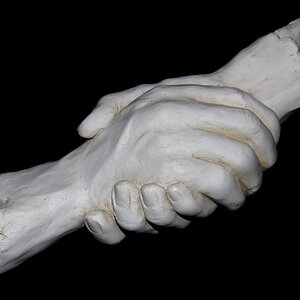
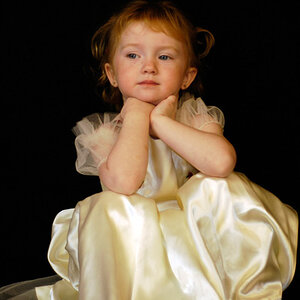

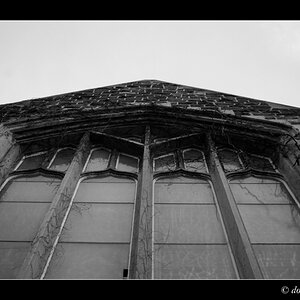

![[No title]](/data/xfmg/thumbnail/34/34692-a218056da5698d6c9b7cf734f656562d.jpg?1619736605)


